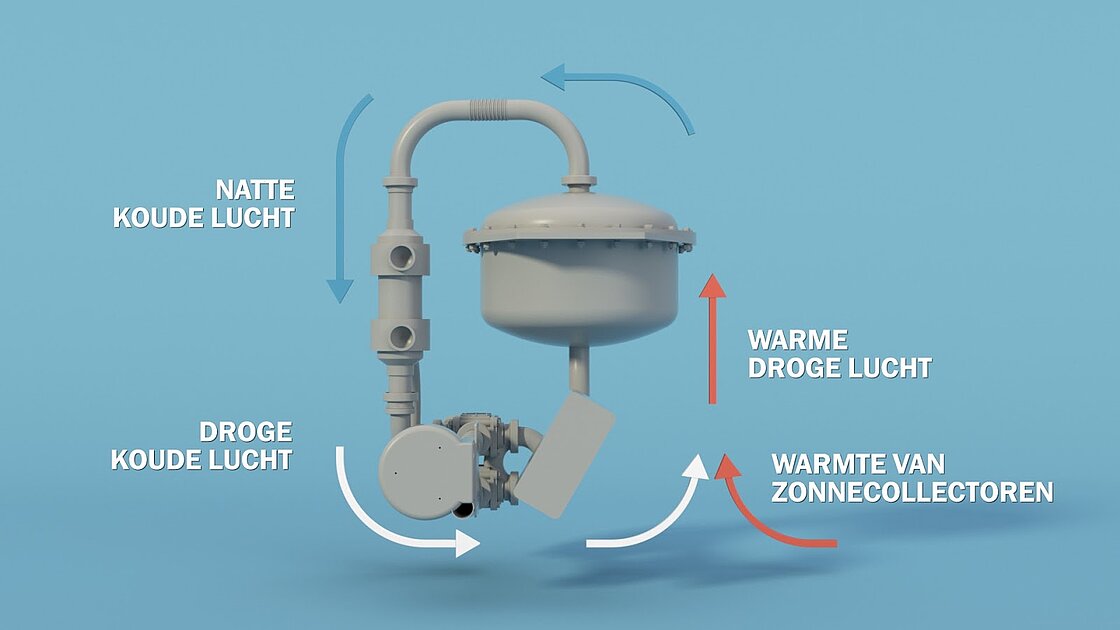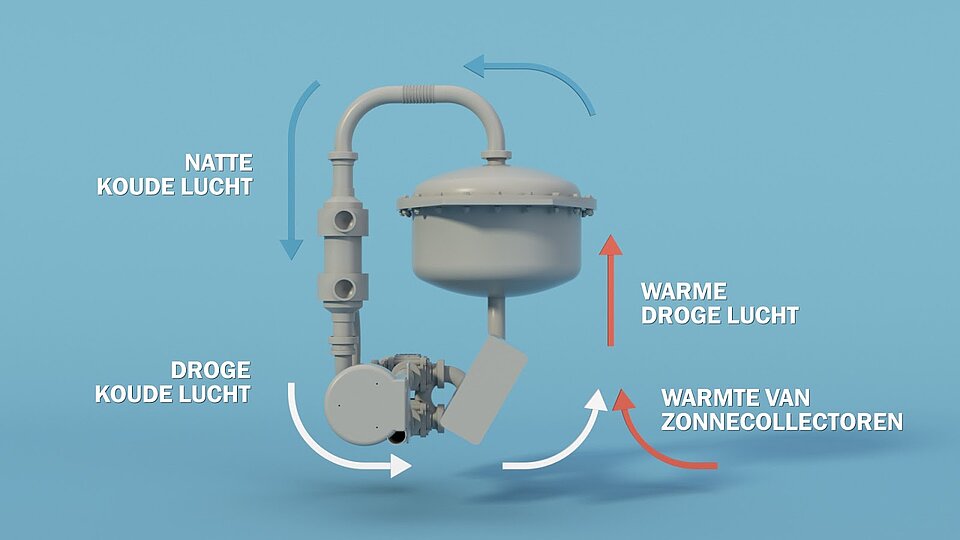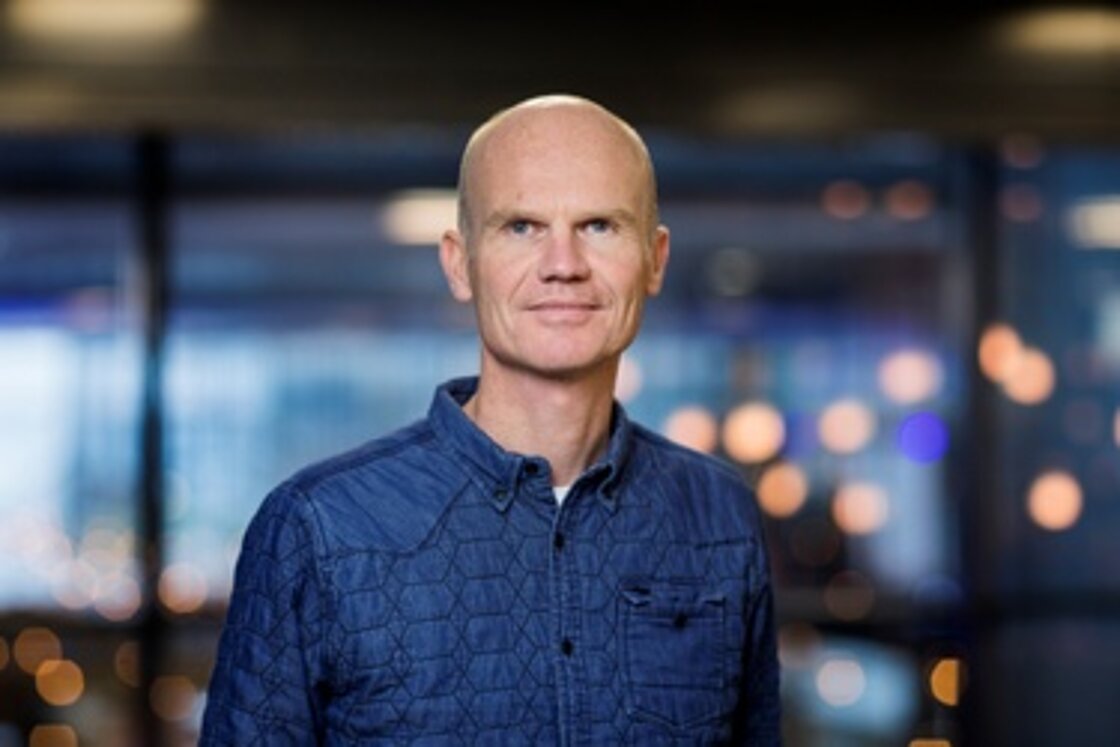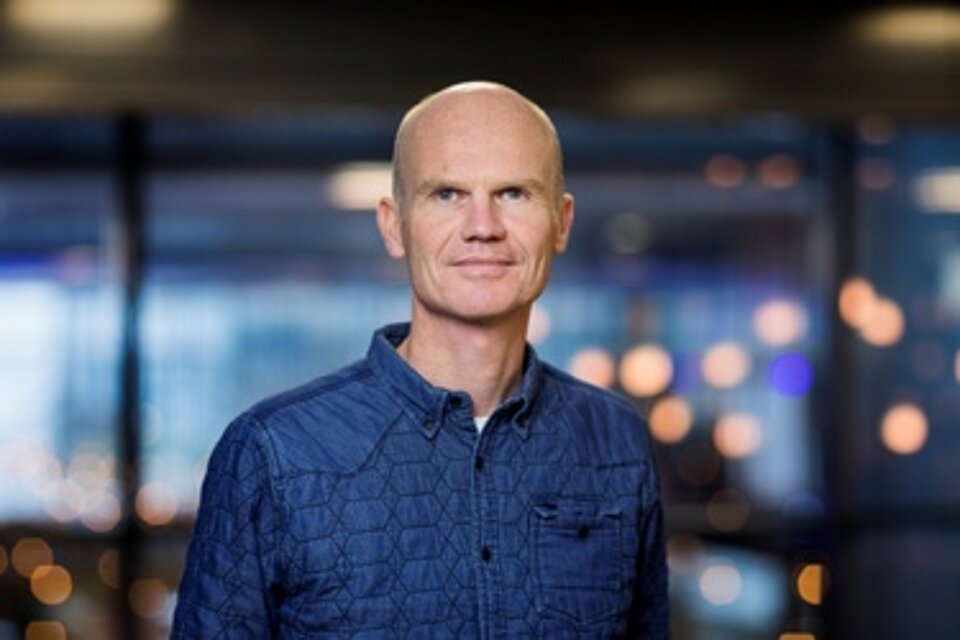The salt battery that drags a family through the sunless and windless periods

A battery based on salt is about to conquer the market. TU/e spin-off Cellcius is working on the further development of the thermal battery technology into a first fully-fledged product.
As a company, Cellcius has only existed for a few months. But the people behind this spin-off of TNO and the Eindhoven University of Technology have been working for much longer on the further development of the thermal battery technology into a first fully-fledged product and the commercialization of this product in various markets. Olaf Adan started his scientific search for solutions for heat storage as one of the ways to make the built environment energy-neutral back in 2008. “Heat determines three-quarters of the demand for energy. And that demand cannot be solved electrically alone.”
Adan co-wrote the framework for the European Commission around the innovations aimed at CO2-free heating. But how do you do that? With fellow researchers Henk Huinink (TU/e) and Pim Donkers (TNO) he went looking for solutions.

It was clear that the energy itself would have to come from so-called renewable sources such as sun and wind. But the sun doesn’t shine enough every day, and there are periods when there is no wind. For those days, perhaps even weeks, households should therefore be able to store wind and solar energy in a battery so that they can use it on dark windless days and nights. An important condition for this was affordability for an average household, otherwise, no one would switch to it. In addition, the installation had to be so compact that it can be accommodated in a normal home. The heat battery can be charged by a heat source such as a solar collector or a heat network, with or without geothermal energy. It can also be charged by electricity, for example from solar panels or other green electricity, but this electricity then must first be converted back into heat. “It is important to realize that our battery provides heat as an energy source and therefore does not provide electricity,” says Olaf Adan.
Potassium carbonate
The solution was found by the team of Adan, Donkers and Huinink in the application of potassium carbonate. When water binds to this salt, heat is generated. This heat can be used to heat a boiler to the desired temperature for space heating or hot tap water via a heat exchanger. Recharging (i.e., storing heat) occurs via the reverse process. By adding heat to the salt, the water is driven out of the salt.


The heat battery consists of four essential components:
- A heat exchanger to supply heat (charging the battery) or take it away (discharging the battery);
- A condenser/evaporator unit to extract water vapor (when charging the battery, you re-dry the salt and you dispose of the released water vapor through the condenser) or add it (when discharging the battery, thus producing the heat);
- A simple fan, to circulate the air in the system; and
- A storage unit in which the reaction of salt and water vapor takes place, thus releasing or storing heat. The heat exchanger that releases the heat is connected to a water tank and to a system that delivers the heat to the user.
Simple process
The process itself works simply, Adan explains. Water enters the evaporator through a tap water pipe. The water vapor is carried to the salt in the reactor vessel with a closed and recirculating air stream. The part of the vessel containing the salt is closed. It, therefore, remains in there after the reaction. The heat released from the reaction is carried with the dried air to the heat exchanger that directly heats the water in the boiler.
The raw material is potassium carbonate. Adan: “This raw material is the basis for a salt composite that we have developed, particles with a certain shape and size. A composite particle contains even more substances, which ensure that the particle continues to perform its function well and we can continue to charge and discharge it without it breaking down. Only then can you make a rechargeable battery.” What substances are added for that optimal, permanent, and stable result, Adan does not tell. That’s the secret of the blacksmith with which Cellcius wants to conquer the market for heat.
Tests in residential areas


In mid-2022, trials with the salt battery will start in residential areas in Eindhoven, in France (in the Provence), and in Poland. “We are testing in three different countries because you have different climates there and there are big differences in use,” says Huinink. “We want to be able to take into account the local culture, within which some devices in the energy system at home may differ greatly. For example, for some people more solar collectors will be common, for others a heat network will be important.”
Poland has a relatively cold continental climate, Provence has a warm Mediterranean climate, and the Netherlands has a temperate maritime climate. “We are figuring out how the heat battery can best function in all these different conditions.”
The next question is how Adan envisions the application of the salt battery in practice. For a house or building with solar panels or small wind turbines on the roof, that’s obvious. There you put the battery somewhere where you would also put a washing machine, for example. That could be about the same size, but it depends mostly on the need. “It just depends on how much energy you want to store,” says Adan. “That, in turn, depends on how big the demand for energy is and what period of time you want to cover. For a typical 4-person family in a standard row house, a washing machine-sized battery has enough heat in it to supply the household for 2 weeks. Those 2 weeks typically represent the worst-case situation where the sun is not shining and the wind is not blowing.”
Scalability
Adan continues: “We can put a lot of energy into a small volume. More than the best electric home storage and much more than in water. This allows you to make storage small, which is important if you want to fit it into a limited space. We are the only storage facility that is truly lossless. That allows you to span long periods of time, unlike water that cools, and unlike even electrical storage in batteries.”
The Eindhoven researchers aren’t worried about scalability either. “It can be small, in homes; larger in collective storage in flats, even larger at the neighborhood level, or largest in industrial applications for low-temperature waste heat. It’s simply a matter of more salt for more power and more capacity.”